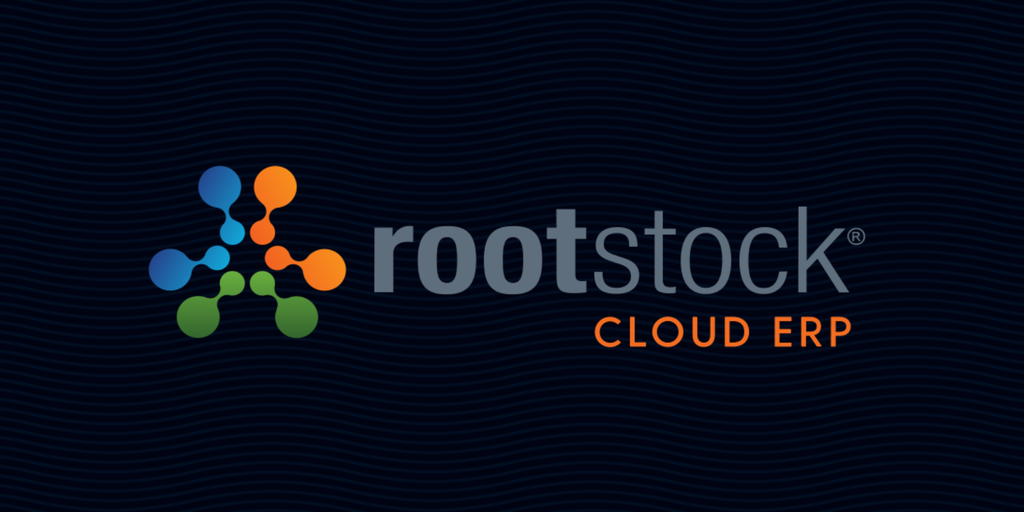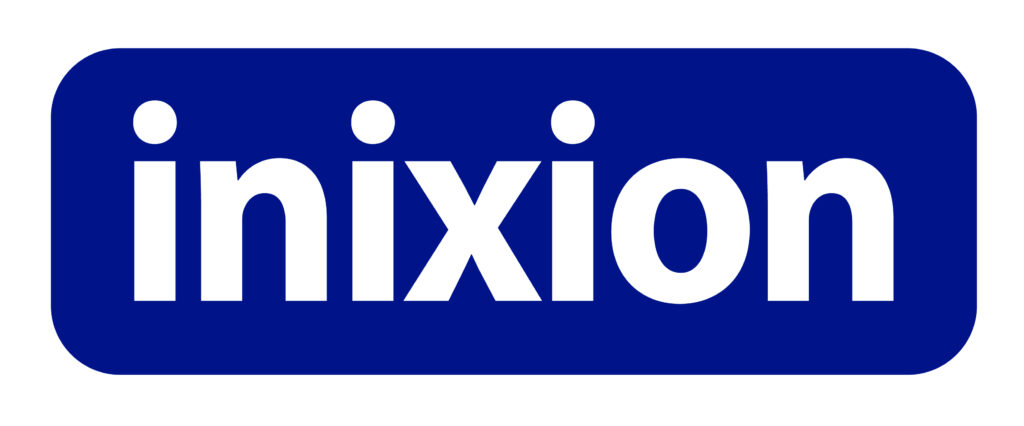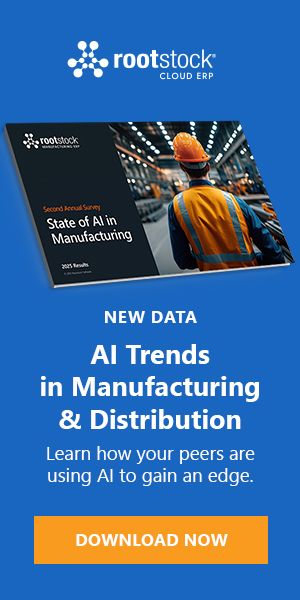 The manufacturing ERP landscape is experiencing a fundamental shift, and Rick Berger, CEO of Rootstock Software, believes his company is riding the perfect wave. In a recent conversation, Berger outlined how Rootstock’s all-in strategy on the Salesforce platform is reshaping what mid-market manufacturers expect from their enterprise software—and why AI isn’t just theory anymore, but a tangible competitive advantage.
The manufacturing ERP landscape is experiencing a fundamental shift, and Rick Berger, CEO of Rootstock Software, believes his company is riding the perfect wave. In a recent conversation, Berger outlined how Rootstock’s all-in strategy on the Salesforce platform is reshaping what mid-market manufacturers expect from their enterprise software—and why AI isn’t just theory anymore, but a tangible competitive advantage.
When Berger describes Rootstock’s relationship with Salesforce, he doesn’t mince words: “Salesforce to us is our competitive advantage.” With Salesforce Ventures as an investor and early access to technologies like Agentforce, Rootstock has positioned itself uniquely in the manufacturing ERP space.
The numbers tell a compelling story. Salesforce’s 150,000 global customers include roughly 18,000 manufacturers—a substantial addressable market for Rootstock’s specialized solution. This platform strategy eliminates traditional integration headaches. “It’s just on the same platform,” Berger explains.
Manufacturing has long been stereotyped as slow to adopt new technology, but Berger’s experience suggests a dramatic shift. Recent Rootstock survey data shows 82% of manufacturers plan to increase AI budgets over the next 12-18 months, driven by labor shortages and efficiency demands.
This isn’t theoretical anymore. Rootstock’s AI solution, AIRS™, delivers measurable outcomes in real deployments. The recent spring release integrated Agentforce into quick entry and order screens, enabling manufacturers to analyze past orders and recommend products in real-time. The result? Faster, more accurate orders, increased deal sizes, and shortened sales cycles.
Perhaps more remarkably, Rootstock introduced conversational AI capabilities, allowing shop floor managers to interact with their ERP system through voice commands. “You can walk the shop floor and have a dialogue discussion with 86% of the data that sits within our ERP,” Berger notes. This represents a fundamental shift from traditional keyboard interactions to natural language processing.
Rootstock has carved out the “middle path”—serving growth-focused manufacturers who need more than basic tools but don’t want the complexity or cost of enterprise giants like SAP or Oracle. This positioning resonates with companies caught between systems that don’t scale and solutions that are too complex.
The company’s secret weapon isn’t just technology—it’s expertise. Monthly town halls with customers, on-site shop floor visits, and what Berger describes as an “amazing enablement culture” differentiate Rootstock from both low-end solutions and high-end implementations that struggle with user adoption.
“Every ERP implementation comes down to people, process, and technology,” Berger emphasizes. “The people and process get overlooked so often. That’s where people get off the rails.”
Rootstock reports customers achieving 75% reduction in order-to-cash cycles, 50% reduction in accounts receivable cycles, and up to 316% ROI within 12-24 months—metrics that validate their hands-on approach.
What this means for ERP Insiders
Prioritize platform-native AI over bolt-on solutions. Mid-market manufacturers should evaluate ERP vendors based on their native AI capabilities rather than third-party integrations. Rootstock’s AIRS™, built with Salesforce’s Agentforce platform, demonstrates how embedded intelligence can reduce manual work and increase deal sizes without requiring separate vendor relationships. With 82% of manufacturers planning AI budget increases, choosing a platform that treats AI as core functionality rather than an add-on will provide sustainable competitive advantages and lower total cost of ownership.
Demand measurable implementation success metrics. Tech leaders should require ERP vendors to provide specific ROI timelines and success metrics upfront. Rootstock reports customers achieving 75% reduction in order-to-cash cycles, 50% reduction in accounts receivable cycles, and up to 316% ROI within 12-24 months. These aren’t industry averages—they’re achievable benchmarks when implementations focus equally on people, process, and technology. Establish clear expectations and methodology tracking from day one to avoid the industry-wide pattern of budget and timeline overruns.
Leverage existing cloud relationships for ERP selection. Organizations already using Salesforce should seriously consider platform-native ERP solutions to maximize their existing technology investments. Rootstock’s approach eliminates traditional integration challenges while providing immediate access to complementary solutions like field service, quality management, and manufacturing cloud capabilities. This strategy reduces implementation complexity, shortens user training cycles, and creates a unified data ecosystem that supports advanced analytics and AI initiatives across the entire business operation.






